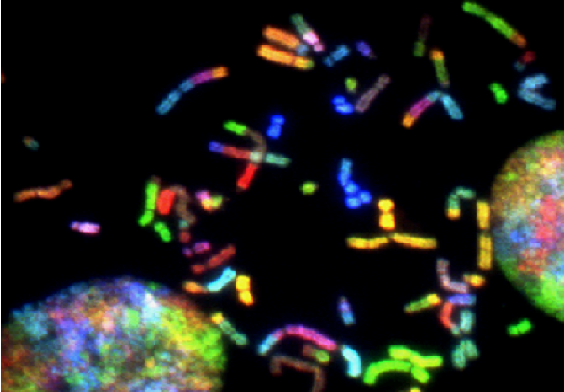June 3, 2021: Novartis reported the final analysis from the NETTER-1 phase III study comparing treatment using Lutathera® (INN: lutetium (177Lu) oxodotreotide / USAN: lutetium Lu 177 dotatate) plus 30 mg octreotide LAR to 60 mg of octreotide LAR in patients with midgut neuroendocrine tumors.
The previously reported primary analysis of the trial demonstrated a statistically significant improvement in progression free survival (PFS) (HR: 0.18*, p < 0.0001).
In the final analysis of overall survival, a secondary objective of the trial, treatment with Lutathera resulted in a clinically relevant prolongation in median overall survival of 11.7 months [48.0 months (95%CI: 37.4-55.2) compared to the control arm (36.3 months (95%CI: 25.9-51.7)].
While this analysis did not reach statistical significance (Hazard ratio for OS (HR): 0.84 with 95% CI: (0.60, 1.17) (p=0.30, two-sided)), the analyses of overall survival may have been impacted by multiple factors, including the crossover of patients from the control arm receiving subsequent radioligand therapy (36% of patients) as well as heterogenous subsequent anti-cancer treatments in both study arms.
No new safety signals emerged in the final analysis1. These results will be presented during the 2021 American Society of Clinical Oncology (ASCO) Annual Meeting on June 4.
Jonathan Strosberg, MD, Principal Investigator and Associate Professor, Section Head, Neuroendocrine Tumor Program at Moffitt Cancer Center, said, “Lutathera plus long-acting octreotide was associated with a nearly 12-month difference in median overall survival compared to high-dose long-acting octreotide in these difficult to treat patients with inoperable midgut NETs progressing under standard dose octreotide LAR treatment. While not statistically significant, I consider this difference to be clinically relevant for these patients. It is also important to emphasize that PFS was the primary endpoint of this study.
Moreover, 36% of patients in the control arm crossed over to receive subsequent radioligand treatment, which may have impacted the comparison of survival between both study arms.”
“We are proud of our 30-year legacy as an innovator for patients in the neuroendocrine tumor community,” said John Tsai, Head of Global Drug Development and Chief Medical Officer for Novartis.
“Since its approval by the European Commission in 2017 and the FDA in 2018, Lutathera has been administered to more than 9,000 gastroenteropancreatic neuroendocrine tumor (GEP-NET) patients in Europe and the United States.
We believe in the potential of targeted radioligand therapy and are investing in new discovery and expansion of this important platform, including exploration of new radioisotopes and combinations with complementary mechanisms of action, such as immunotherapy and inhibitors of DNA damage response.”
At this final analysis, no new safety signals emerged in the long-term safety follow-up with a median of 6.3 years.
In terms of secondary hematological malignancies, no new cases of MDS or acute leukemia were reported in the long term follow up.
Radioligand therapy combines a targeting compound that binds to receptors expressed by tumors and a radioactive isotope, causing DNA damage that inhibits tumor growth and replication and may lead to cell death.
In the case of Lutathera, it binds to somatostatin receptor type 2, which is over-expressed on certain types of cells, such as gastroenteropancreatic neuroendocrine tumor cells.
Novartis has established global expertise and specialized supply chain and manufacturing capabilities across its network of four radioligand therapy production sites, and is further increasing capacity to ensure delivery of future targeted radioligand therapies to patients in need.
Novartis is the only pharmaceutical company which is pursuing four different cancer treatment platforms.
These include targeted radioligand therapy, cell and gene therapy, targeted therapy and immunotherapy, with an opportunity to combine these platforms for the best outcomes for each cancer patient.


